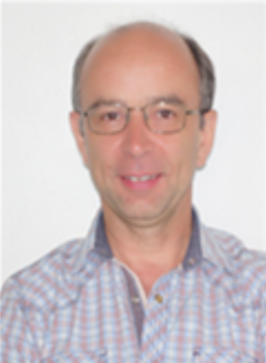
lPresentation Time: September 14, 2023, 2:30 PM to 5:00 PM
lPresentation Venue: Small Lecture Hall, Second Floor, Academic Conference Center
lSpeaker: Professor Gilbert Teyssedre, French National Center for Scientific Research (CNRS)
lPresenter's Biography:
Gilbert Teyssedre,born in 1966,received his Engineer degree in materials physics and graduated in solid state physics in 1989 at the INSA, Toulouse, France. Then he joined the Solid State Physics Lab in Toulouse and obtained the Ph.D. degree from Paul Sabatier University in 1993 for work on ferroelectric polymers. His research activities concern the development of luminescence techniques in insulating polymers with focus on chemical and physical structure, degradation phenomena, space charge and transport properties. He is currently Senior Researcher at CNRS. He has been head of the Solid Dielectrics and Reliability group at Laplace from 2004 to 2015.He has held numerous governmental and industrial research grants in the field of electrical insulation and has co-authored over 160 contributions to scientific journals and book chapters and 230 conference proceedings. He is member of the scientific committee of several conference series as CEIDP since 2016,ICD,ICEMPE,and JiCable. He is Associate Editor of IEEE Trans. Dielectr. Electr. Insul (2021-).
lPresentation Overview:
The properties of dielectrics will be treated without addressing the question of failure. Fundamental aspects treated here concern polarization phenomena and losses, conduction, and the relation between time-domain and frequency-domain response. Conduction phenomena will be addressed as well as non-linear phenomena. Finally, the reasons for non-linear effects will be treated with dealing with interface processes, trapping and space charge phenomena. Mainly the response from polymers will be illustrated, particularly with HV cable application with consideration of the difference between AC and DC stress.



